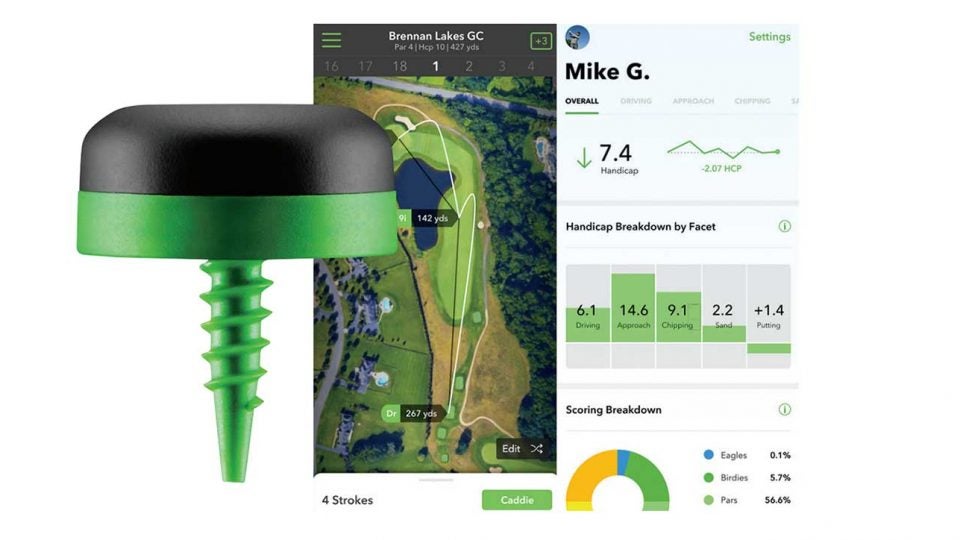 His homespun swing earned him Masters bid. Ten years later came tragedy
His homespun swing earned him Masters bid. Ten years later came tragedy
Arccos has amassed a trove of detailed performance data, and it can greatly enhance your play

Salman “Sal” Syed, golfing futurist, dreams of a day when you, with your 16.3 index and your 88-mile-an-hour clubhead speed, will actually know how far you hit your 8-iron. Because Syed’s company, after looking at about 100 million regular-joe golf shots since 2014, has figured out the single biggest difference between them and us: The Tour players are realists, and we’re dreamers.
“They know what their clubs will do,” says Syed, born and raised in Pakistan, educated at Ohio Wesleyan (math major, tennis player) and the Yale School of Management. “We idealize our best shots.” It’s a far, far better thing to know that your true median 8-iron goes 132 yards, and to accept that the 8-iron you stiffed from 161 in your last round is, in fact, an outlier. “The Tour pros are an inspiration, but they play a different game,” Syed explains. The rest of us, he says, need to “overcome our cognitive biases.”
You can do it! And Syed and his people — 30 or so employees of Arccos, the company he co-founded — are here to help. As Brandel Chamblee often says, “This is the era of big data.” Arccos (its name is a math term) has for six years sold nickel-sized grip-cap sensors that record the distance you hit every shot and its final resting place. It gathers that data, tidies it up and returns it to you usefully. “Our goal is for the golfer to make data-driven decisions, not ego-driven ones,” Syed says.
But what of all that data? Arccos has recorded 100 million golf shots from its 250,000 customers. It knows more about average players — you! — than perhaps any other company in existence. It’s like PGA Shotlink for schlubs. And it’s evolving.
“We’re in the first inning of what this data can show golfers about their decision-making,” Syed says. “We’re going to introduce the most advanced analytics framework an amateur golfer can access.”

ADVERTISEMENT
Exciting! But what does that mean? Here’s an example: Let’s say you’re a 10 handicap. Arccos data can tell you that you’re losing shots on approaches from 125 yards, and that you generally hit a wedge when you should hit a 9-iron, and that you tend to miss to the right. Then, starting on hole 15, your putting may tail off because you get tired. You see, Arccos also knows if you walk or ride. And once Arccos bundles all that info together, the coup de grâce: “Once we surface where you’re losing strokes, we want to then tie in relevant content to your issues. Maybe it’s GOLF Magazine tips, for example,” he says.
Syed is 38, which makes him a golfing tweener. He can talk analytics right through last call, but he’s also a traditionalist with a passion for Golden Age courses. Some equipment companies have embraced his work, while others steer clear. “Technology is a train — you get on or get run over by it,” he says.
Surprisingly, Syed says his data disproves the ideas that players today drive the ball farther than ever. DJ, Brooks, Rory and other Tour pros, of course, aren’t in the Arccos player pool.
“Over the past four years distance among average golfers hasn’t increased with the driver,” he says. “I think at the highest level, there are steps that happen. Titanium increased distance. The athlete is getting stronger. They figure out how to optimize energy even more. I don’t know if equipment is helping the pros, but for the average golfer, it isn’t helping in terms of distance on the driver.”
You may not be driving it farther today, but hope springs eternal. Arccos will soon send even more data to your gloved fingertips. It’s a numbers game, Sal Syed will tell you, and Arccos is a numbers business.
ADVERTISEMENT





